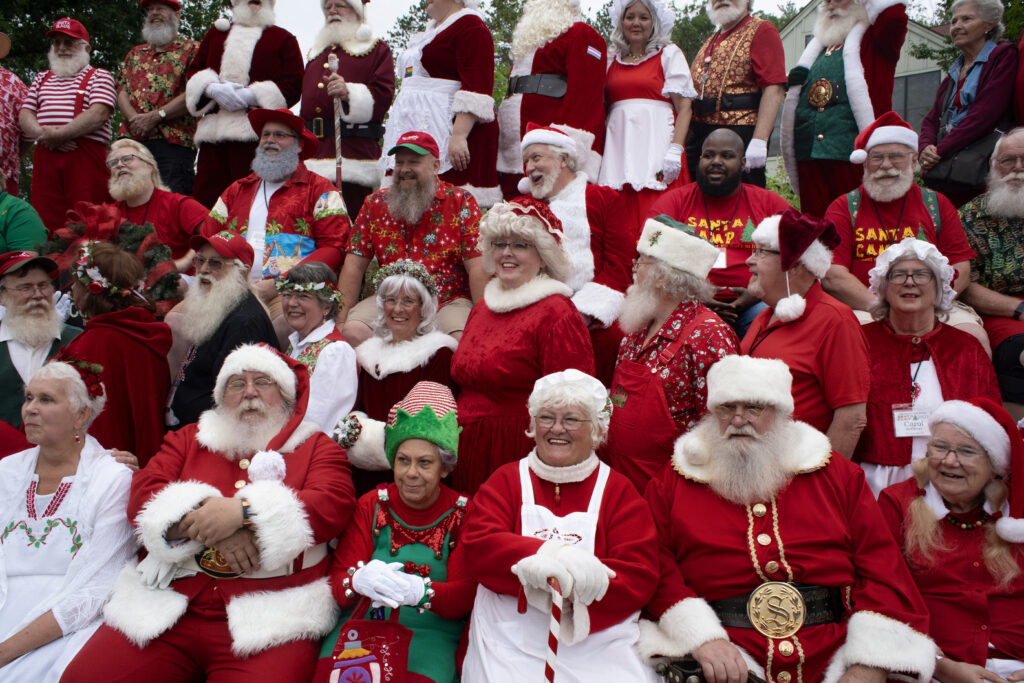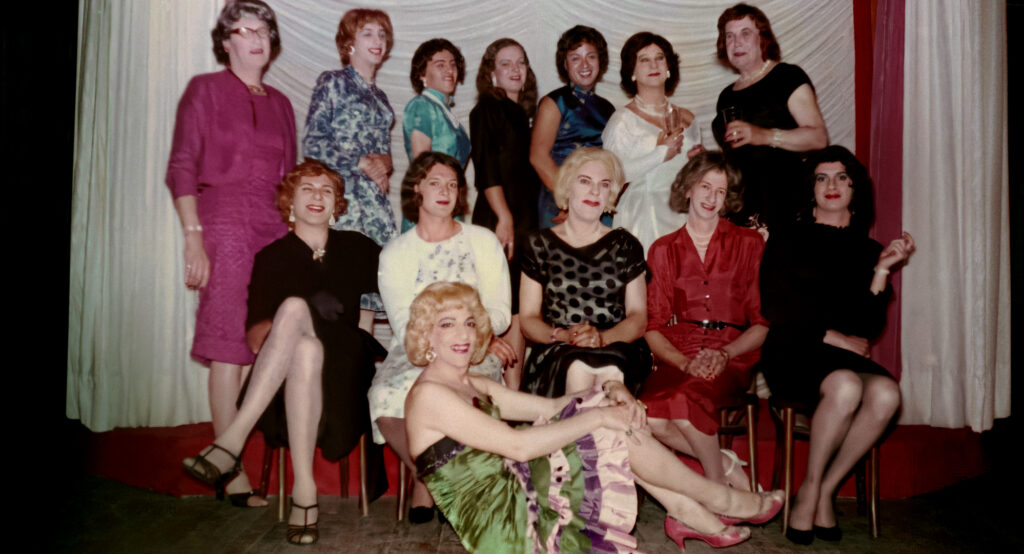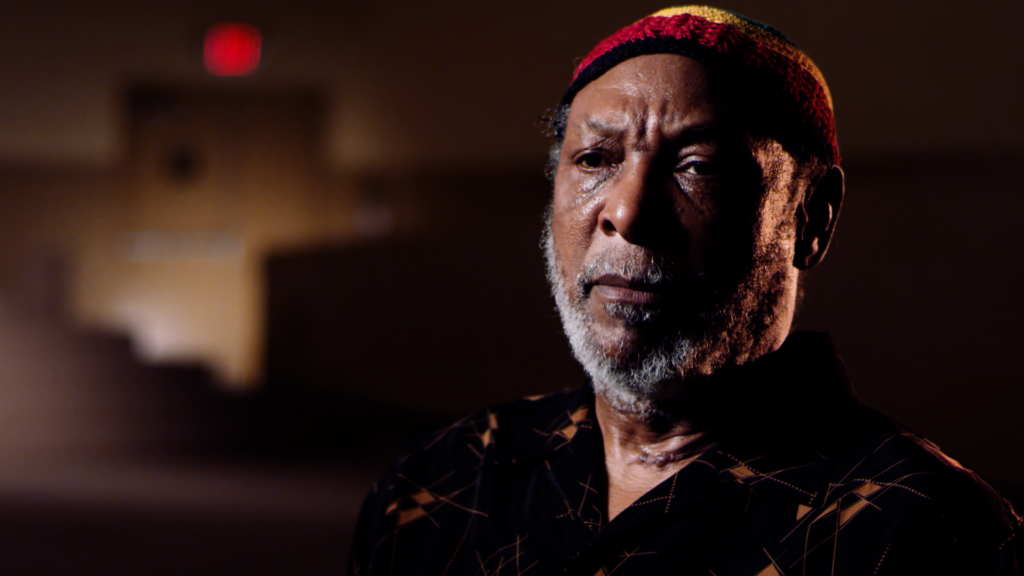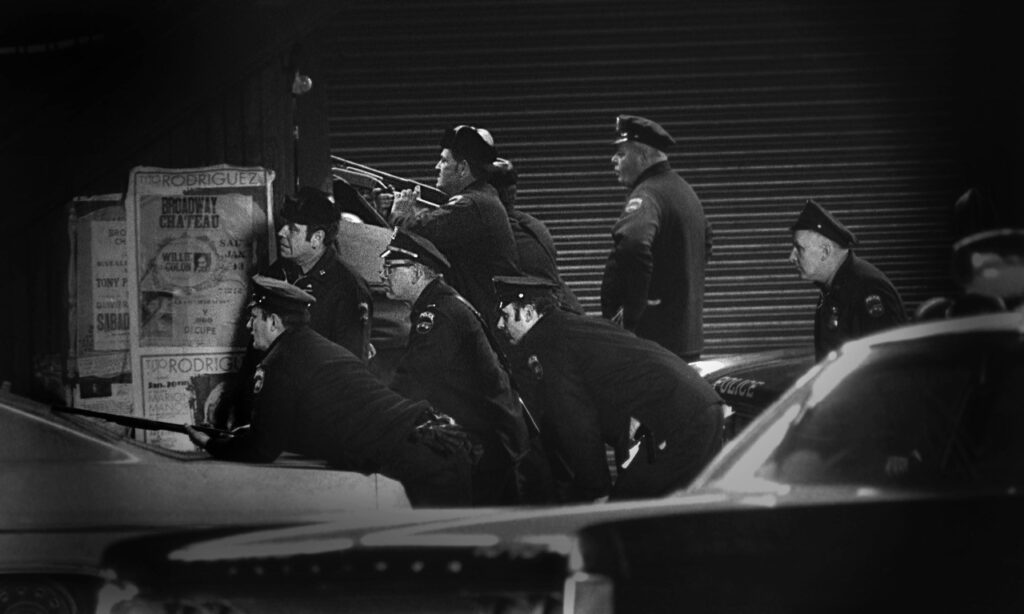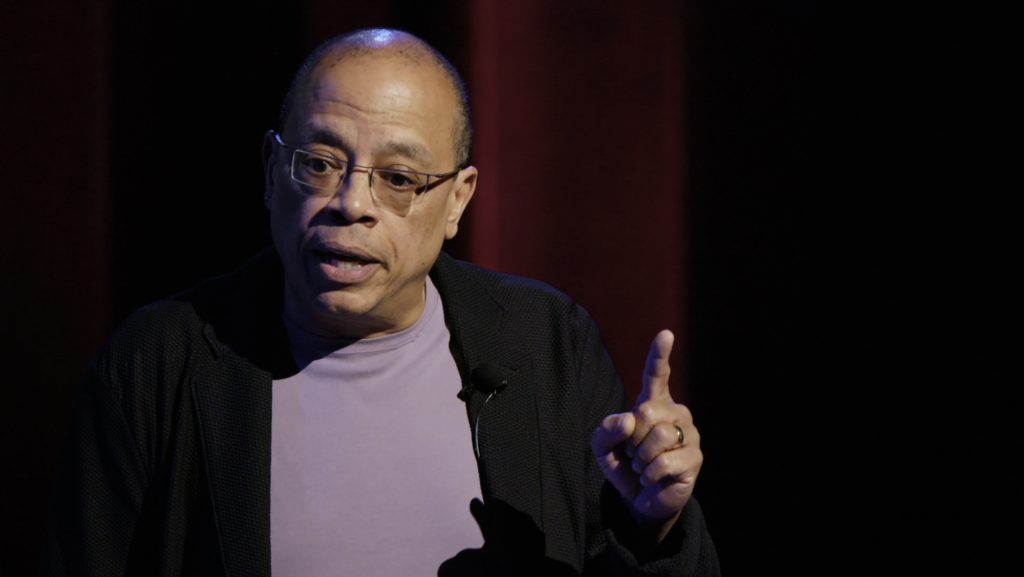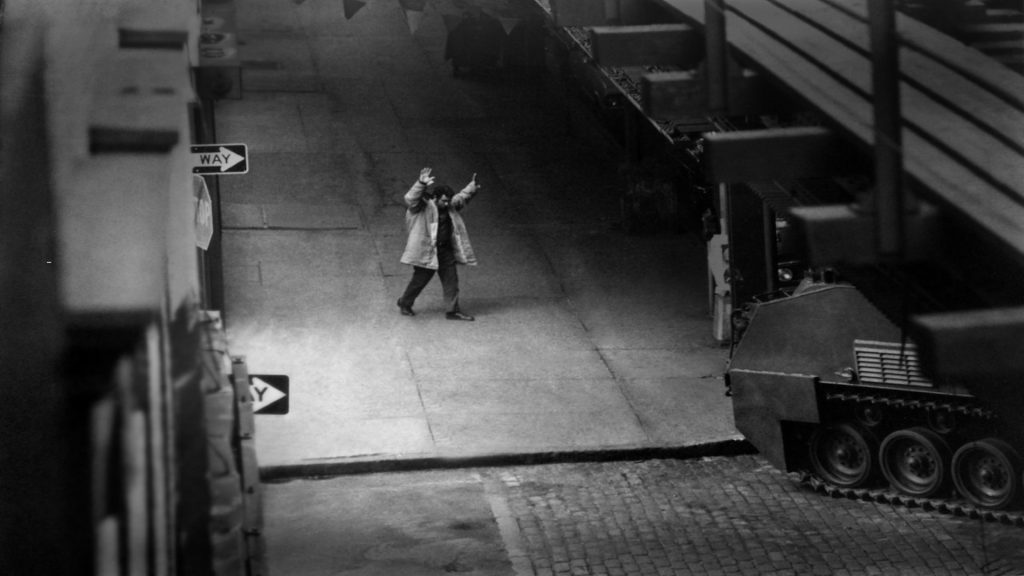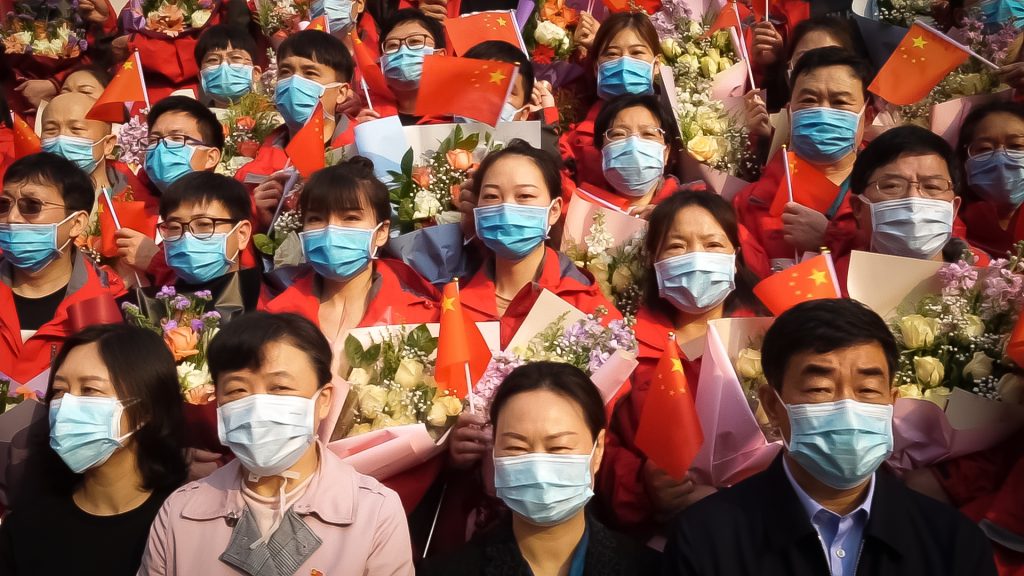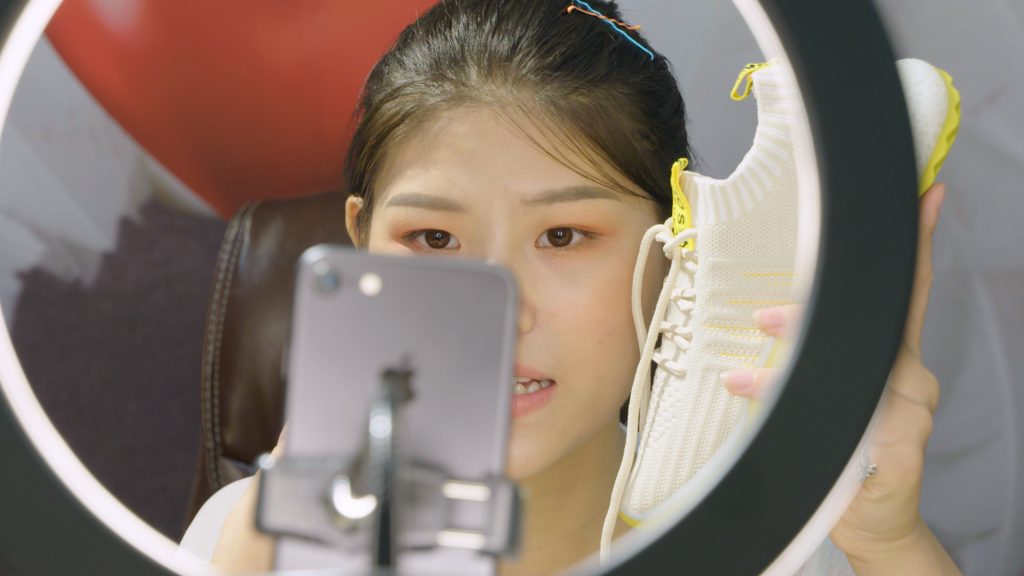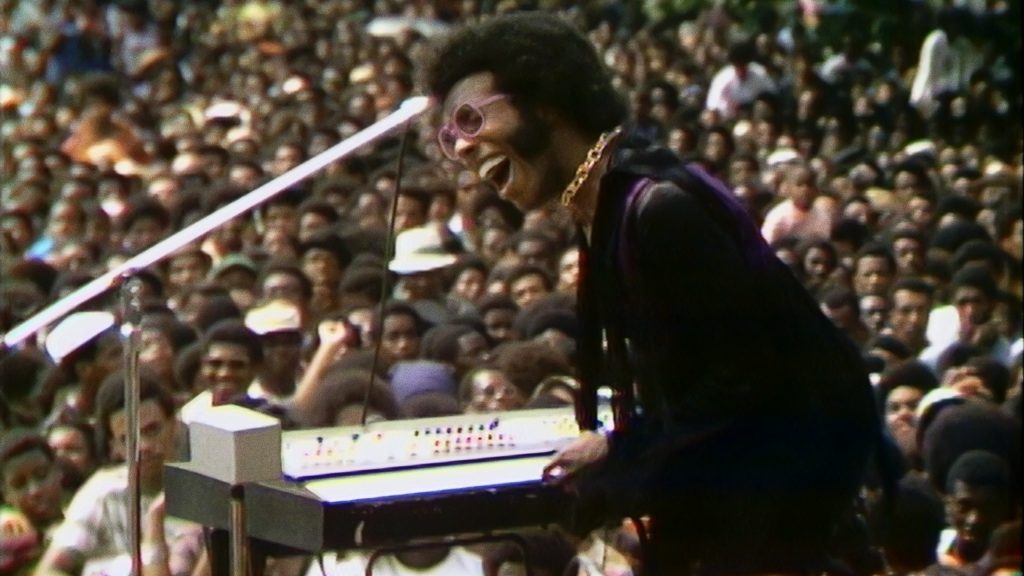January 14, 2024
by Carla Hay

Directed by Lea Glob
Some language in French, Danish and Italian with subtitles
Culture Representation: Filmed in Europe, the United States and Asia, from 2009 to 2022, the documentary film “Apolonia, Apolonia” features an all-white group of people discussing the life and career of French Danish painter artist Apolonia Sokol.
Culture Clash: Sokol has various struggles in her personal and professional lives, including occasional poverty, self-doubt, and difficulties breaking into the male-dominated art world to become a paid professional.
Culture Audience: “Apolonia, Apolonia” will appeal primarily to people who are interested documentaries about struggling artists from a female perspective.
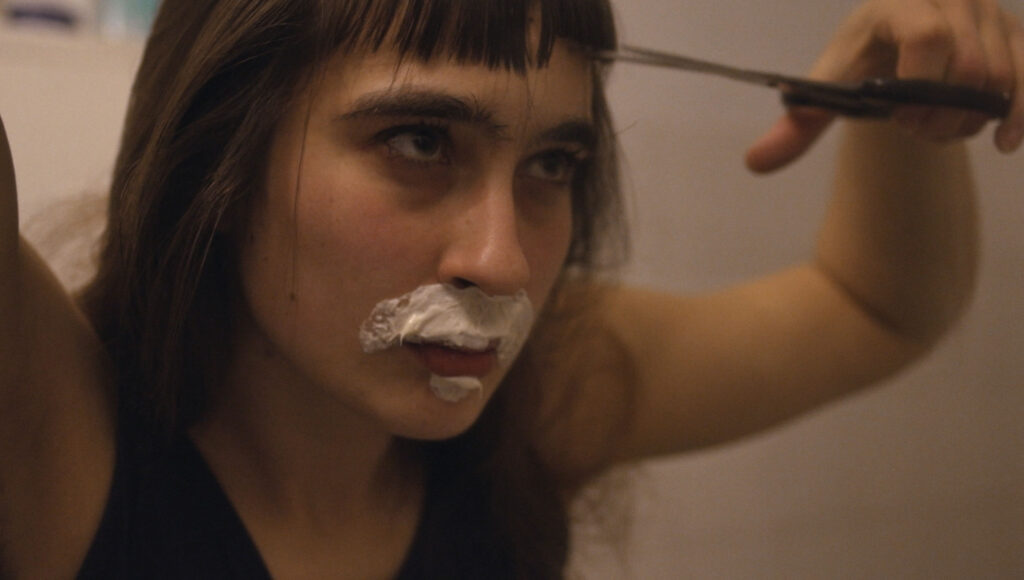
What does it really take to be an artist who struggles for years to get industry respect and professional wages? “Apolonia, Apolonia” gives viewers an insightful look at one such artist. Filmed between 2009 and 2022, this sprawling documentary is as much about painter artist Apolonia Sokol as it is about her friendship with director Lea Glob. These blurred lines sometimes give the film an uneven tone, but it’s still a fascinating watch.
“Apolonia, Apolonia” has its world premiere at the 2022 International Documentary Film Festival Amsterdam. Throughout 2023, the movie made the rounds at several film festivals, including the BFI London Film Festival and DOC NYC. “Apolonia, Apolonia” also made it on the shortlist for the 2024 Academy Awards in the category of Best Documentary Feature.
The movie opens with a scene taking place in Paris in 2013. Sokol is shown in front of a bathroom mirror as she cuts her bangs and wears shaving cream where a moustache and a “soul patch” would be on her face. It’s the first indication that that Sokol is an unusual person.
Glob who is the documentary’s narrator, explains in a voiceover in the beginning of the documentary the reason why she decided to devote so many years to chronicling the life of Sokol: “For as long as I can remember, I’ve seen the world through my camera. But no motif has caught my eye as she did.” Glob also says she began filming Sokol from the day that she met Sokol in Paris in 2009, on Sokol’s 26th birthday.
Sokol, who is the only child of her parents, was born in Paris in 1983 to unconventional, artistic parents. Sokol’s mother Aleksandra Tlolka was a Polish immigrant whose parents were displaced under the rule of Joseph Stalin. Sokol’s father Hervé Breuil was a native of France. Long before social media existed, Tlolka and Breuil filmed themselves and their lives, which they kept archived on videotapes for Sokol watch as she grew up.
One video that her parents didn’t want her to see until she turned 18 was the sex video that her parents made that showed her being conceived. Snippets of some of these archived videos are shown in “Apolonia, Apolonia,” including the video of Sokol being born. It’s an example of how Sokol was literally born to be on camera. Her parents raised her among “artists, dissidents and activists” and continued to film their lives.
At the age of 8, Sokol’s life changed when her parents split up. Because her father’s name, not her mother’s name, was on the lease for the family home, Tlolka found herself and Sokol homeless when Tlolka moved out and took Sokol with her. They eventually found a place to live, but living in poverty had a profound effect on Sokol. Tlolka and Sokol moved to Denmark, where Sokol spent the rest of her childhood and part of her young adulthood
Years later, in 2009, the documentary shows Sokol once again on the verge of homelessness. She had moved back to Paris to live with in the Chateau Rouge area, a working-class neighborhood, in a ramshackle art theater called Lavoir Moderne Parisien, which used to be a laundromat. Her parents, although no longer a romantic couple, were business partners in the theater, which was on the verge of shutting down because the business was losing too much money. The parents were selling furniture and appliances in the building in an effort to raise money.
It was under these grim circumstances that Sokol met Glob, who gives her own personal background on what led her to become a filmmaker. Glob says that as a child, her grandfather was a painter artist who would pay her one euro and hour to let him paint her portrait. Instead of becoming interested in painting, Glob says she became interested in filmmaking.
While in film school, Glob was assigned to do a documentary about someone. She heard about an unusual aspiring painter who grew up in an art theater in Paris and who “wanted to walk in the footsteps of the great painters.” That aspiring painter was Sokol.
The documentary gives a raw and often intimate look at the highs, lows and everything in between in Sokol’s quest to become a professional artist. Sokol, whose specialty is painting portraits of people, experiences many expected roadblocks and uphill battles, including sexism, her own self-doubt, and trying to get gallery showings of her work without an agent.
Sokol’s journey takes her to various cities other than Paris, such as Copenhagen, New York City, Los Angeles, Istanbul and Rome. She enrolls in the elite École nationale supérieure des Beaux-Arts in Paris. When Sokol moves to Copenhagen, she has mixed feelings about returning to Denmark. Just like her mother, Sokol says that she feels more comfortable as an artist in Paris.
Things take an interesting turn when Sokol moves to Los Angeles and gets investment money, use of an art studio, and encouragement from art benefactor Stefan Simchowitz, who is introduced to Sokol by Sokol’s friend Isabelle Le Normand. Emmy-winning writer/producer Mike White (of HBO’s “The White Lotus”) makes a random appearance in the movie when Le Normand introduces him to Sokol.
At one point in the conversation with White, Sokol mentions that she and Simchowitz will be meeting with Harvey Weinstein. (This particular footage was obviously filmed before disgraced entertainment mogul Weinstein’s scandalous downfall in 2017.) The meeting with Weinstein is not mentioned again in the documentary.
Simchowitz becomes Sokol’s mentor, but there’s something a little “off” about this mentorship, because Simchowitz seems to be the type of investor to seek out young, attractive female artists and show them off like arm candy. When he and Sokol are at an event together, an eager young female artist approaches Simchowitz asks if her remembers her. Their conversation is brief and polite but slightly awkward. You can almost hear the other woman thinking about Simchowitz: “So this is your latest pretty young protégée.”
Sokol is completely financially dependent on Simchowitz during her stay in Los Angeles. He gives her constructive advice and introduces her to important people in the art world. But the underlying question that astute viewers will have but isn’t said out loud in the documentary is, “What does Simchowitz really want out of his relationship with Sokol?”
Sokol presents herself as a free spirit who doesn’t have any hangups about nudity in her art or by being naked herself on camera. Later, during her stay in Los Angeles, she spontaneously takes off all of her clothes and posing next to giant inflatable butt plug at an outdoor art exhibit, even though she risked getting arrested for indecent exposure.
For a while, Sokol seems caught up in the glitz and glamour of the Los Angeles art scene. She also gets an important gallery exhibit (with Simchowitz’s help) and learns the importance of having the right connections. But then, the movie shows her back in Copehagen again. What happened to Simchowitz and his enthusiastic support? The documentary never goes into details, so it can easily be assumed that Sokol and Simchowitz parted under uncomfortable circumstances that Glob chose not to put in the documentary.
That’s not the only information void in “Apolonia, Apolonia.” The movie takes a harrowing turn when Glob turns the camera on her own personal life, when she documents her recovery from a near-death experience that left her in a coma while she was pregnant and had to undergo an emergency C-section. Fortunately, her baby son Luca was born healthy and unharmed. Her recovery took months, but the documentary never gives details on what caused Glob’s serious injuries.
Sokol’s personal life also goes through a series of ups and downs. During the hardest times of her struggling artist years, her roommate and best friend was Oksana Shachko (born in 1987), an artist who was a refugee from Ukraine. In Paris, Sokol and Shachko were part of a tight-knit circle of feminists who supported each other and practiced left-wing politics. However, throughout their friendship Sokol expresses concern for Shachko’s mental health, because Sokol thinks Shachko has depression and anorexia.
Because “Apolonia, Apolonia” is primarily focused on Sokol as an artist, her love life doesn’t get much screen time. Early in the movie, a boyfriend named Max Lanos Plaquer breaks up with her o camera when she’s living in Paris. After much moving around in different countries, Sokol is seen with another boyfriend in Paris. At one point in the movie, Sokol and Shachko both say that they don’t want to have children.
As for Sokol as an artist, judging her talent is subjective, and she constantly grapples with her own insecurities and how other people perceive her. The documentary has some lingering shots of Sokol starting a painting and then showing the finished art, but the movie doesn’t take much time to explore how and why Sokol chooses the people whose portraits she paints. The people in her paintings are not interviewed either.
Despite the questions that remain unanswered by “Apolonia, Apolonia,” the documentary is a very compelling story of commitment to being an artist when facing much resistance, criticism and adversity. It’s a career where the odds are stacked against most people to get enough financial rewards to become full-time, professional artists. Sokol is the type of artist who doesn’t have a “backup plan” to switch careers if things get too tough for her. “Apolonia, Apolonia” shows the pain and tragedy as well as joy and hope during this 13-year period of Sokol’s life, which is not the kind of life that a lot of people would want to have, but it’s a life lived authentically.
Grasshopper Film released “Apolonia, Apolonia” in New York City on January 12, 2024. The movie was released in Denmark, Norway, Finland, and Spain in 2023. Documentary+ will premiere “Apolonia, Apolonia” on a date to be announced.





